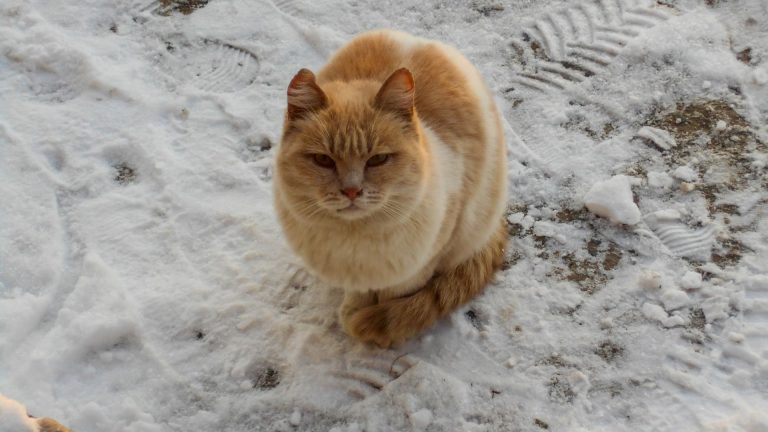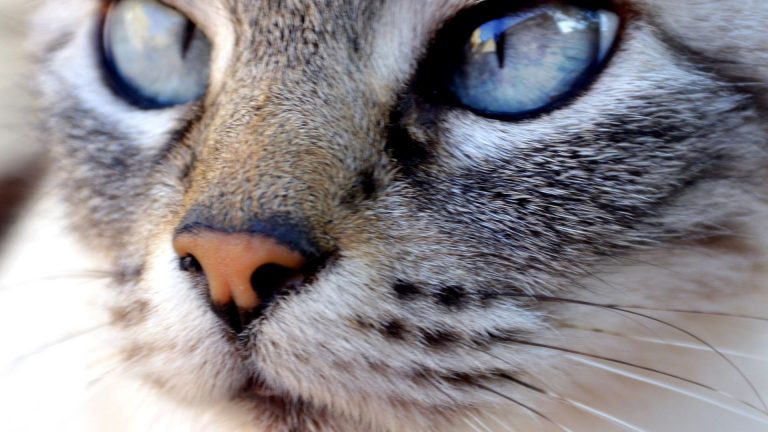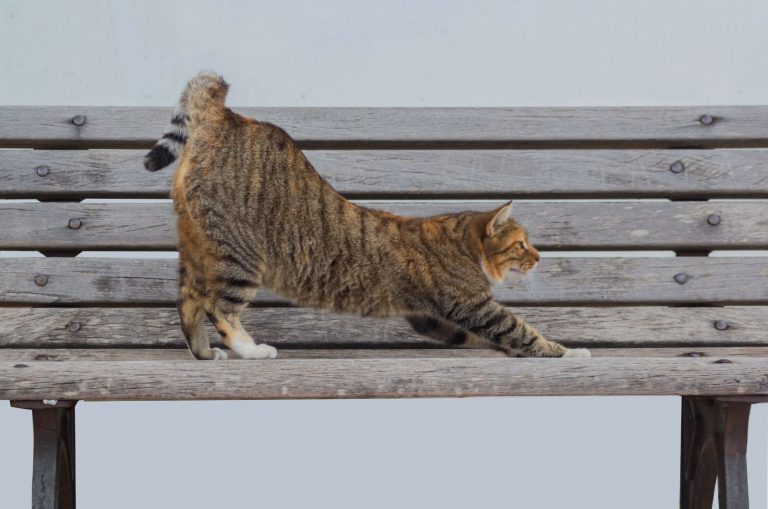The Benefits Of Gabapentin For Cats – Is Using It Risk-Free?
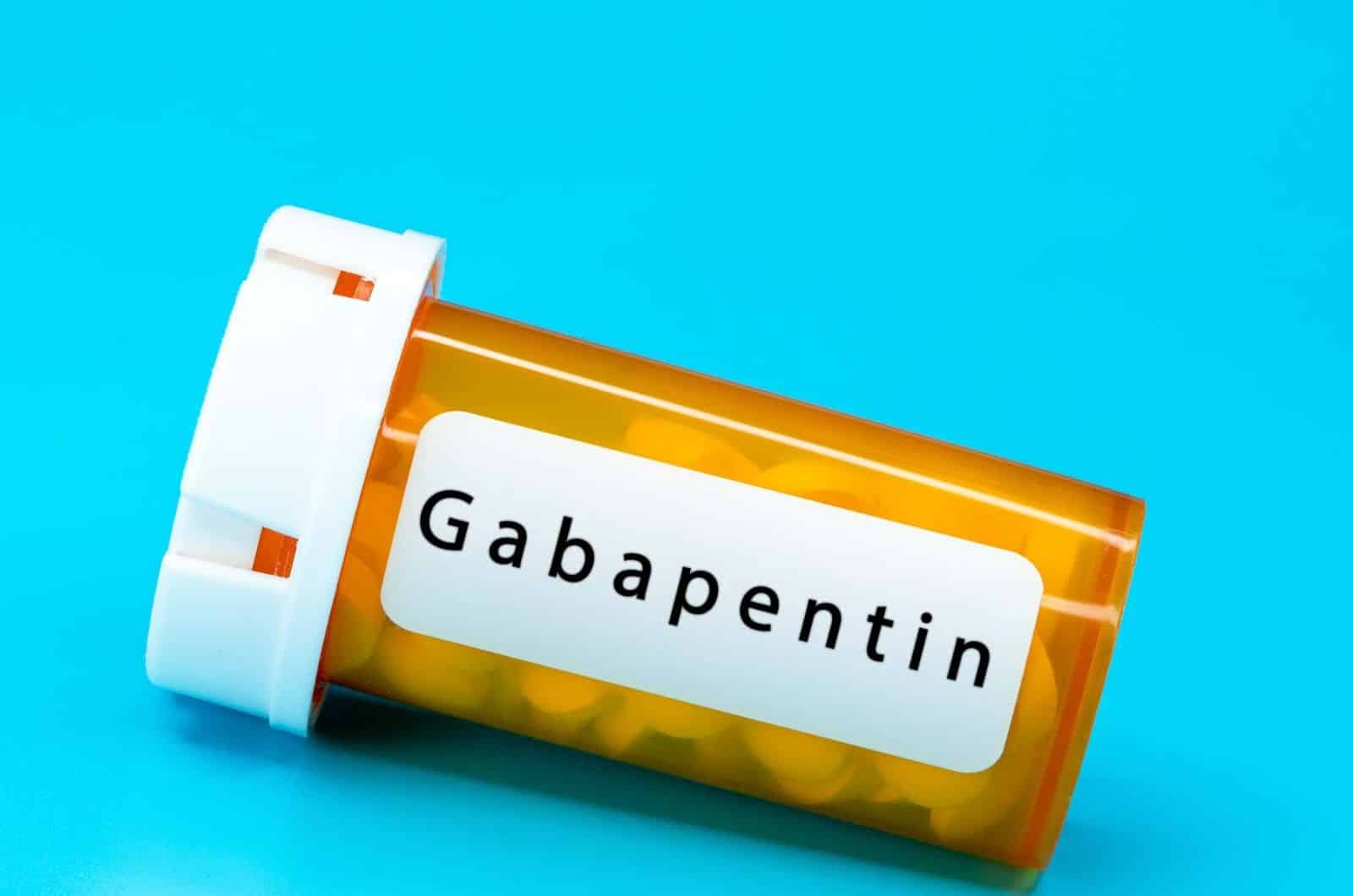
If your cat is suffering from chronic pain, anxiety or seizures, you may have heard of a drug called Gabapentin, which is sold as Neurontin.
This is a prescription drug commonly used as pain killer, relaxant, and anticonvulsant for humans as well as animals.
Even though Gabapentin is an FDA approved drug, its use is only officially approved for certain health issues. However, through the years, it has been observed that this drug can also help with a vast variety of other medical problems, in both humans and animals.
Therefore, this drug is sometimes used as an off-label drug for treating several of the health problems cats experience.
It must be mentioned that it is legal to use this medication, even though its use for specific medical conditions is not FDA approved.
If your vet has recommended this medication for your kitty’s issues and you want to learn more about Gabapentin for cats, then I suggest you continue reading.
Gabapentin For Cats: What Exactly Is Gabapentin?

Gabapentin is a drug that was discovered in the 1970s. The US Food and Drug Administration (FDA) approved gabapentin (sold under the trade name Neurontin) in 1993 for use as an adjunctive treatment for partial seizures in adult humans.
In 2000, this drug was approved by the FDA for the treatment of seizures in patients older than 3 years of age. Two years later, it was approved for the treatment of postherpetic neuralgia in humans.
Gabapentin Off-Label Use
It did not take long for people to realize that this drug offers more benefits than its intended uses suggest. Throughout the past 25 years, gabapentin has been used for a number of purposes other than those that the FDA has legally approved.
Gabapentin’s original intended usage was for humans, and there were only a few specific medical conditions for which it could be administered.
Today, it is used for both humans and animals, for various health issues. In 2018, the number of gabapentin prescriptions sold to patients rose to 67.4 million.
Use of an approved drug for something the drug was not officially supposed to be used is known as “off-label” use.
Today, gabapentin is a drug with many off-label uses, due to the wide range of benefits it can offer for treating health problems other than those it is officially approved for.
Gabapentin Use In Animals
In 2021, an article about veterinary prescribing practices for gabapentin was published in Veterinary Anaesthesia and Analgesia journal.
The goal of this study described in the article was to evaluate how often gabapentin is prescribed by veterinarians as a pain-killer for animals.
718 veterinarians anonymously responded. Out of those that fully completed the survey (528), almost 70% of the veterinarians stated that they prescribe gabapentin as an analgesic on a daily or weekly basis. It is most often used by veterinary surgeons for postoperative pain.
The result of the study confirmed that gabapentin is regularly administered by veterinarians for purposes that are unrelated to those listed on the drug label. These practices closely resemble those of human doctors.
Another important thing to mention is that gabapentin misuse and abuse incidents are extremely rare.
Why Am I Telling You This?
This brief history of gabapentin and how it is used today should ease your mind! This drug is a well-known medicine used in both humans and animals.
If your vet suggests this drug to your kitty, do not worry! It is a commonly used drug that can offer many benefits when used properly.
Luckily, considering how widespread its use is, we know a lot about this drug, its dosage, and administration as well as side effects (hint: there aren’t many of them!).
Use Of Gabapentin In Cats
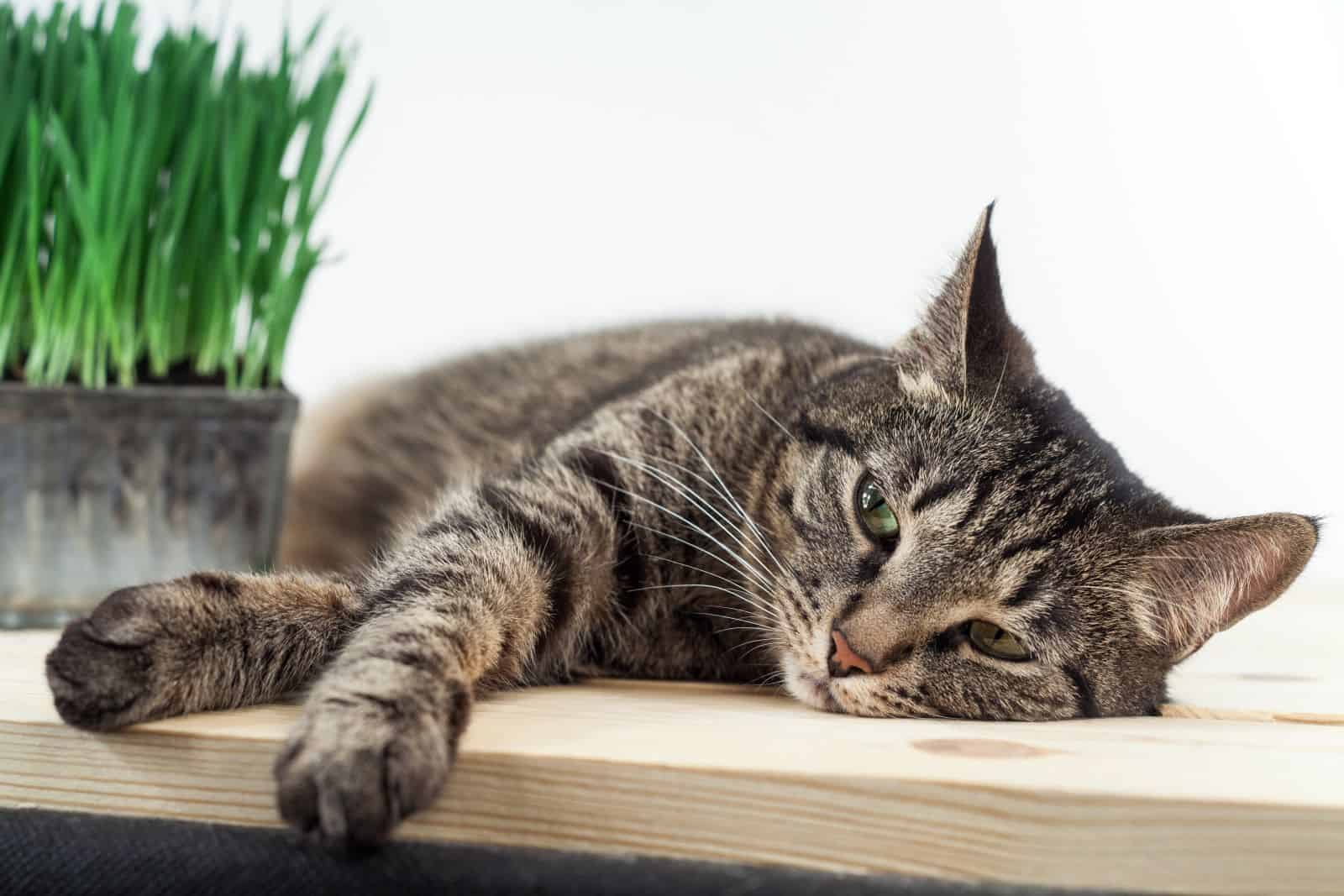
Currently, Gabapentin is mostly used for the following purposes:
1. As A Painkiller
Gabapentin is a common medication prescribed by vets in order to combat chronic or acute pain. There are different types of pain that this drug is commonly given for, such as:
• Chronic musculoskeletal pain
Bones, joints, and muscles make up the three main parts of the feline musculoskeletal system where problems can occur.
Chronic musculoskeletal pain can arise due to a number of different underlying conditions, but one of the most common is degenerative joint disease (DJD) and hip/elbow/shoulder dysplasia.
• Neuropathic pain
Neuropathic pain (or nerve pain) occurs when the brain receives incorrect messages from damaged or malfunctioning nerves.
Here, the nerves that transmit data from the skin, muscles, and other parts of the body to the brain and spinal cord have been damaged or injured.
• Pain caused by arthritis
Arthritis is a common condition in cats and it can make even walking difficult for the cats that suffer from it. It has no known treatment, so dealing with the pain it causes is the only way to help the unfortunate cats.
• Pain caused by cancer
A cancer treatment strategy should always include managing pain. Following diagnosis, pain management should be put into place as soon as possible to treat current pain and have plans in place if the pain gets worse.
• Pain that arises after surgery
Many surgical procedures will result in post-surgical pain for the cat in question.
Signs of this include a hunched posture, eyelids half-closed or the cat sitting in the back of the cage or trying to hide. In order to combat that, veterinarians might prescribe Gabapentin to help with easing the pain.
How Exactly Does Gabapentin Work To Relieve Pain?
Calcium channels across the central nervous system are blocked by gabapentin. This means that pain-related neurons won’t be triggered in the same way they usually are.
2. As Anxiety Medication
In veterinary medicine, gabapentin is increasingly used to treat anxiety-related tension and fear in cats (such as during veterinary visits).
As a treatment for cat anxiety, gabapentin works well. Many cats experience anxiety, especially traumatized cats. Feline anxiety is not easy to deal with, and this drug can help the cat feel much better.
Currently, scientists think that gabapentin reduces anxiety by raising inhibitory neurotransmitters like GABA in the brain. With this approach, anxiety symptoms can be more effectively managed by pet owners while cats and dogs have a lot easier time unwinding.
3. As Anti-Seizure Medication
Gabapentin, a drug used to treat seizures in people, is also effective in treating seizures in dogs and cats.
It is frequently administered in conjunction with a primary seizure treatment and is used in cats with refractory epilepsy, a type of epilepsy that cannot be controlled by a single medicine.
This is a form of adjunctive therapy, meaning it is typically used alongside other anti-seizure medications.
Sometimes, gabapentin is recommended for cats that are experiencing refractory idiopathic epilepsy.
There are instances where seizures in cats may be brought on by brain tumors. A veterinarian may administer gabapentin to aid in preventing more of these seizures.
To determine whether your cat has a condition that might lead to seizures, your veterinarian will perform a few diagnostic tests. Then, as a therapy choice, your pet’s physician might recommend gabapentin.
Is There Scientific Evidence To Back Up Its Use In Cats?

There are a number of studies that confirm the many benefits this drug can offer to cats. Let’s explore four extremely important studies that back up the use of gabapentin in cats.
Study #1
In 2013, an article about the long-term use of gabapentin for muscle and skeletal disease, as well as head trauma, in three cats confirmed that the use of this drug for chronic pain is an effective option.
For several months, gabapentin was given to all cats. With the administration of gabapentin, it was noticed that clinical symptoms of pain such as hostility, avoiding social interaction, and lack of appetite, all decreased.
The scientists came to the conclusion that long-term gabapentin therapy may help with pain management in cats with brain injuries and musculoskeletal diseases.
Study #2
Another extremely important study regarding the use of gabapentin for cats was published in 2017. The study dealt with the effects of gabapentin on stress levels for cats during a vet visit, as well as stress levels when traveling to the vet.
One group of cats were given this drug more than an hour before their transport via a cat carrier, while the other group received a placebo. It was observed that cats that had been given gabapentin were significantly less stressed than those given the placebo.
In order to reduce the cat’s stress as much as possible without the need for sedation, the study suggested a dose of 20 mg/kg gabapentin delivered 2-3 h before the stressful event.
Study #3
A 2019 study of prescription methods used by vets to treat cats’ chronic musculoskeletal pain aimed to establish which treatment plan veterinarians usually use when treating cats with this particular medical issue.
Out of 1056 veterinarians that completed the survey, 71% of them stated that they prescribe Gabapentin, making it the most prescribed medication for chronic musculoskeletal pain in cats.
Study #4
A study similar to study #2 above was carried out in 2022, when the researchers tested the effect of gabapentin on hyperthyroid cats prior to a vet visit.
When compared to cats given a placebo solution, hyperthyroid cats treated with 20 mg/kg gabapentin 1 hour before leaving the house were more at ease during transit and more compliant with veterinarian procedures.
Both studies show positive benefits of gabapentin in reducing stress in cats.
Gabapentin’s Mode Of Action
The way gabapentin works to reduce pain, control seizures and decrease anxiety is not very well understood. Gabapentin looks and functions similarly to gamma-aminobutyric acid (GABA), which is a naturally occurring brain neurotransmitter.
Like GABA, gabapentin slows down the excitatory neurotransmitters involved in pain, anxiety, and seizures.
How Is Gabapentin Given To A Cat?
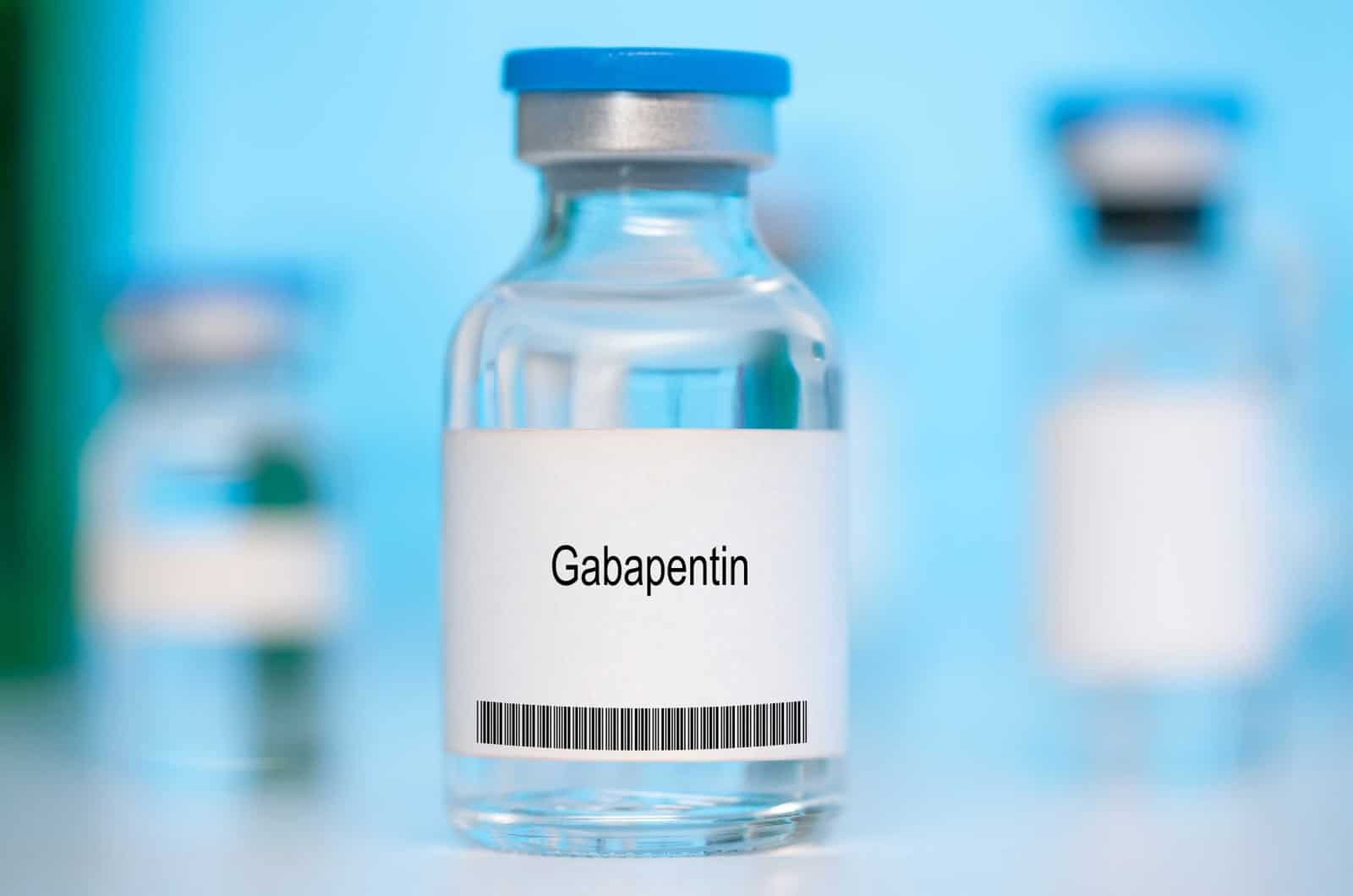
Gabapentin can be given in:
• Liquid form
• Capsules
It can be given with food or without food.
It is usually given every 8 hours, although this may vary. Make sure to follow your vet’s instructions carefully!
It does not have an unpleasant taste, so your cat shouldn’t protest against it too much. However, most pet owners will agree that hiding the drug in the cat’s food is the quickest and easiest option.
What Is A Safe Dosage?
The medical condition, age, and weight of your cat will all affect how much gabapentin the veterinarian can prescribe for them.
The most important thing is to follow your veterinarian’s dosage instructions very carefully!
Your cat’s veterinarian will probably prescribe 2.5 to 5 mg Gabapentin per pound of weight every 8 to 12 hours for seizure management.
Cats are given doses that range from 1.5 to 5 mg per pound every 12 hours for pain management. The usage of greater doses (up to 50 mg, 1 to 3 times daily) is not uncommon.
Your veterinarian will be able to decide the ideal starting dosage after examining your cat and learning about any symptoms they may be experiencing.
Is Overdose Possible?
Overdose is possible.
Lethargy, loss of coordination, vomiting, and diarrhea are all signs of gabapentin overdose. Because of this risk, it’s extremely important to follow your veterinarian’s dosage guidelines!
Immediately seek emergency veterinarian care or get in touch with an animal poison control center if you suspect an overdose of any drug in your pet.
How Quickly Does Gabapentin Work On Cats?
In general, gabapentin starts taking effect in about 90 minutes. This is important to know if you want to be able to determine when exactly you should give your cat the medication.
For example, it is recommended to give a cat gabapentin an hour and a half before going to the vet.
The drug will often be totally eliminated from your cat’s system in 24 hours. As a result, gabapentin effects have a relatively rapid onset of action as well as rapid absorption.
Important Notes
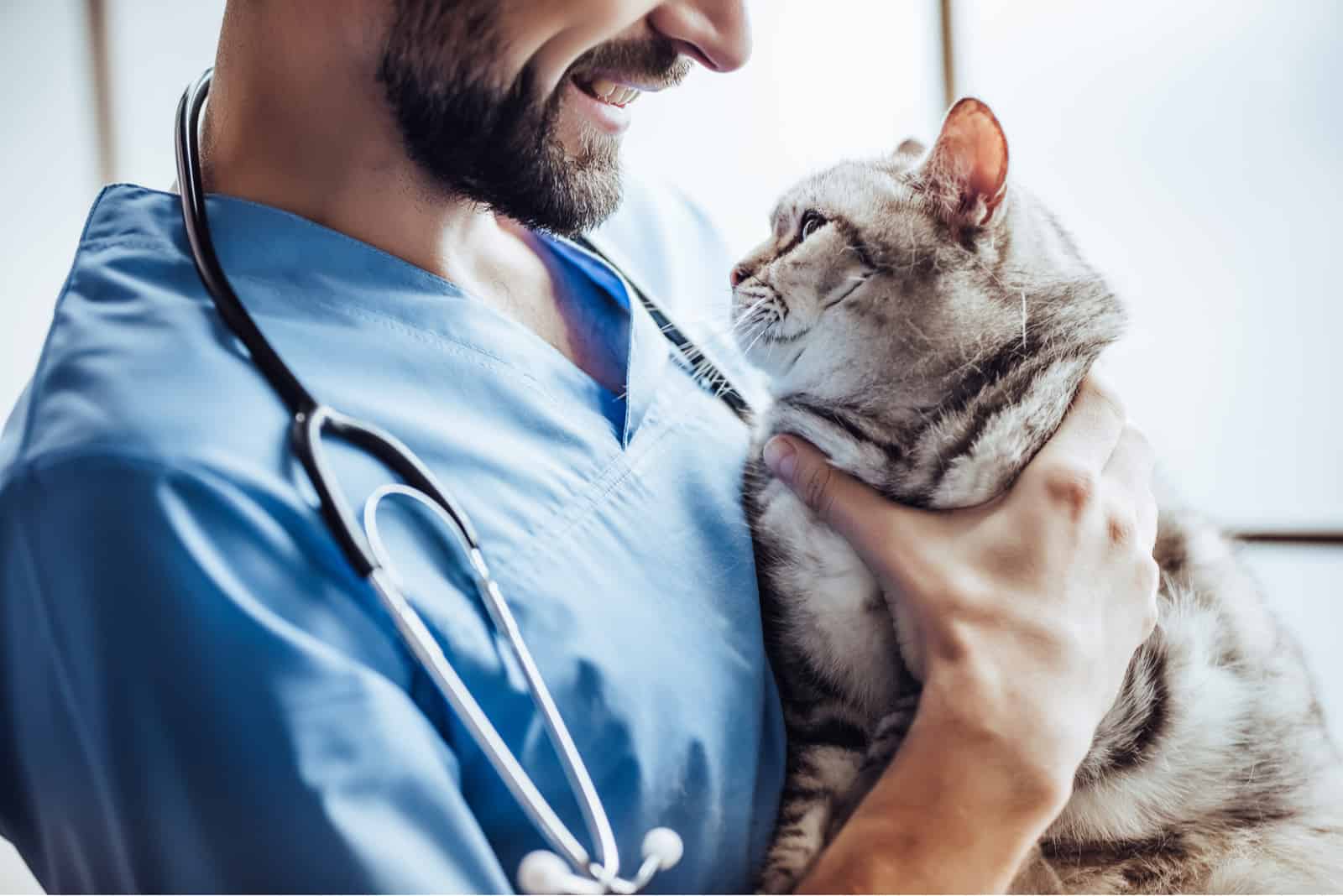
1. Gabapentin Has To Be Prescribed By A Veterinarian
Gabapentin has to be prescribed by your cat’s veterinarian. You cannot and should not buy this medication by yourself and give it to your cat unsupervised.
Give your pet no medication, including gabapentin, unless your veterinarian has recommended it.
Use only the form of gabapentin that your veterinarian has recommended because other brands and formulations are not interchangeable.
2. Do Not Give A Double Dose If You Miss One
To find out what to do if you forget to administer a dose of gabapentin, consult your veterinarian. Usually, they may suggest you administer the medication as soon as you are reminded.
Typically, your veterinarian will advise against giving a higher dose, let alone a double dose.
Your veterinarian may advise you to ignore the missed dose and resume the regular dosing plan if it is almost time for your cat’s next dose.
3. Proper Storage Is Important
The recommended storage temperature for gabapentin is 77°F, which is a normal room temperature. Temperatures between 59°F and 86°F are acceptable for short periods of time.
Maintain a tight seal on the container to keep out moisture and light. Always check the label for the storage requirements. Keep out of children’s and animals’ reach.
4. There Is A Slight Risk Of Allergic Reaction
Pet owners need to be aware that there is a very small possibility that their cat may be allergic to gabapentin.
This is why vets will advise you to monitor your cat carefully to make sure they do not have an intense reaction right away after taking the drug.
If your cat has a gabapentin allergy, you should stay away from this medication. Get in touch with your veterinarian right away if any allergy symptoms appear.
5. Inform Your Vet About Any Other Drugs Your Cat Is Taking
The effects of gabapentin can be changed by specific drug interactions.
If your feline buddy is taking any prescription medications, dietary supplements, or vitamins, be sure to tell your veterinarian.
Antacids should not be taken within two hours of taking gabapentin since they will prevent the drug’s absorption and reduce its effectiveness.
If your cat uses any antacids, hydrocodone, or morphine, talk to your veterinarian because there could be negative side effects.
6. Gabapentin Is Not Safe For All Cats
Use gabapentin carefully in cats that are:
• Prone to allergic reactions
• Have a history of hypersensitivity
• Are pregnant or breastfeeding
• Suffering from chronic kidney disease
• Suffering from impaired liver function
It’s so important that your veterinarian knows your cat’s medical history. Make sure you remind them of any disease or medical condition your cat has.
Does Gabapentin Have Any Side Effects In Cats?
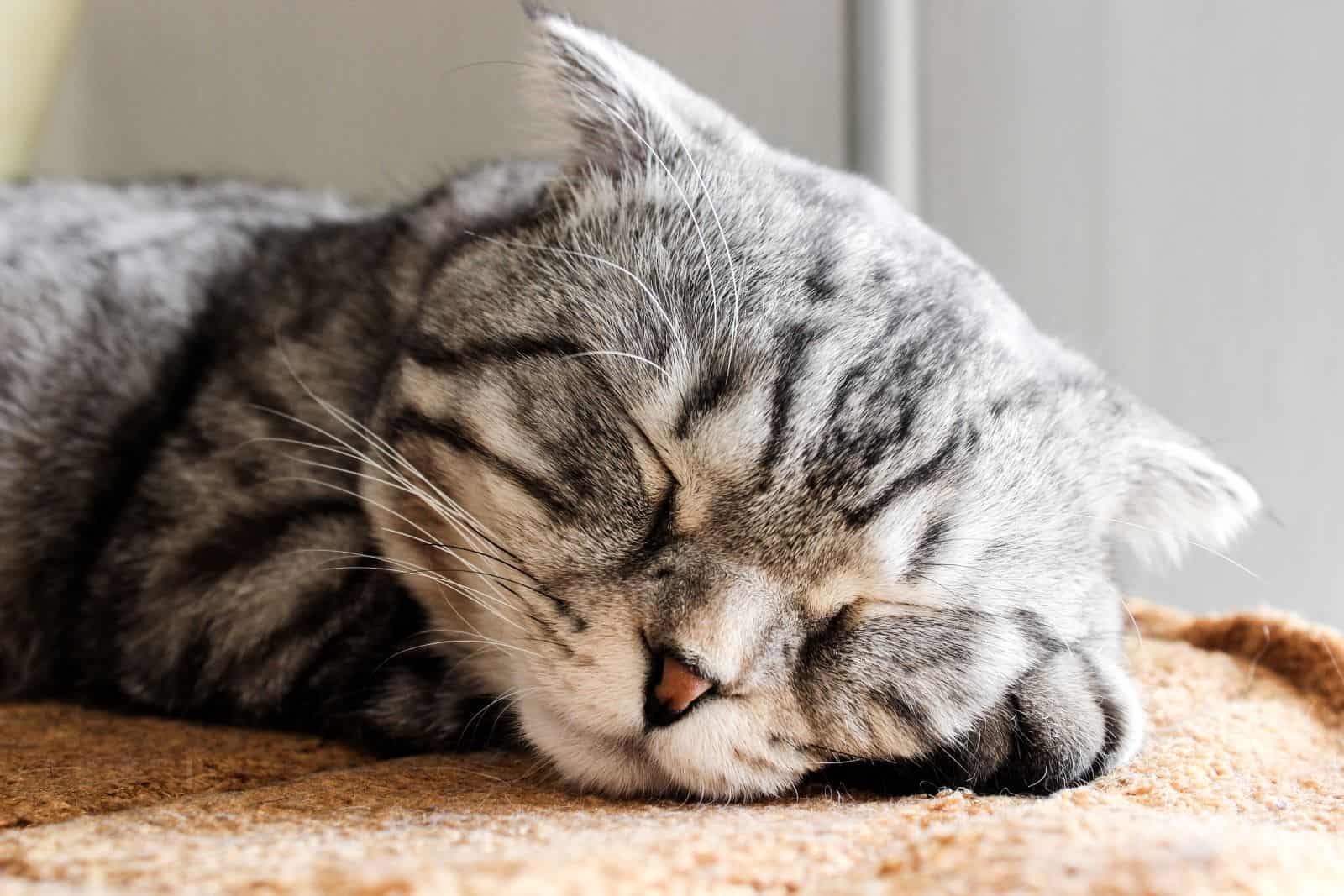
This is a question every pet parent must be wondering.
Yes, gabapentin does have some side-effects, but they are usually very mild. The most common side effects are:
1. Mild sedation
The degree of tiredness or drowsiness often relies on the cat’s response to the medication. Cats may respond differently to gabapentin, just as different individuals respond differently to different drugs.
Sedation is the most typical side effect and is dose dependent. If your cat is sedated, you should speak with your veterinarian to see if the dosage has to be adjusted.
2. Lethargy
Lethargy and weakness are other symptoms that your cat might experience. Your cat may even appear to be dozing off more frequently than usual. When it is taking gabapentin, you may notice your cat is less active.
If your cat sleeps a lot, it may be a side effect of the drug. Your veterinarian should always be contacted with any queries or worries at the same time.
3. Ataxia
Loss of balance and coordination, mostly affecting a cat’s limbs, is referred to as ataxia, or loss of coordination.
You might notice your cat is stumbling a lot after the effects of the drug kick in. If this happens, make sure your cat is in a safe environment in order to prevent potential injuries.
4. Nausea, Vomiting, And Diarrhea
Nausea is a potential side-effect which can be followed by subsequent vomiting and even diarrhea. Make sure to provide your pet with a litter box nearby.
This can also happen if the formula contains a sweetener named xylitol. This is another reason why following the dosage recommendation is really important.
5. Irritability
When they take gabapentin, cats may also become a little more agitated. When cats begin taking gabapentin, pet owners should anticipate that their felines will become a little more tense.
6. Increased Appetite And Weight Gain
Cat owners may also notice that when their cats take gabapentin, they eat more. Cat owners should be careful not to overfeed their pets, particularly when taking this medication.
When Should You Be Worried?
It is recommended to consult with your doctor of veterinary medicine (DVM) if:
• The side-effects are substantial
• You suspect an overdose
• You observe the drug is not helping your cat
• Your cat’s health is getting worse
Every cat will respond to this drug differently, so pet owners need to pay close attention to their cats to make sure they tolerate it well.
Pet owners should address any queries or worries to their veterinarian as well.
Final Thoughts

Gabapentin for cats is sort of a “magic drug” for the treatment of chronic pain, anxiety, and seizures.
It is a prescription drug, meaning you cannot go to the pharmacy and buy it yourself – your vet must specifically prescribe it to your cat.
It is safe to be used, as long as you’re following the vet’s guidelines regarding dosages.
Potential side effects of gabapentin include sedation, lethargy, ataxia, nausea, vomiting, diarrhea, irritability, increased appetite and even subsequent weight gain.
However, do not worry too much about the side effects of gabapentin as they are very rare and if they do occur, they are usually very mild.
Cat owners, I hope this article has been of use and I hope your pet will be perfectly safe and healthy!
Related Articles:
• Cat Not Eating Much But Acting Normal: 7 Reasons Why

